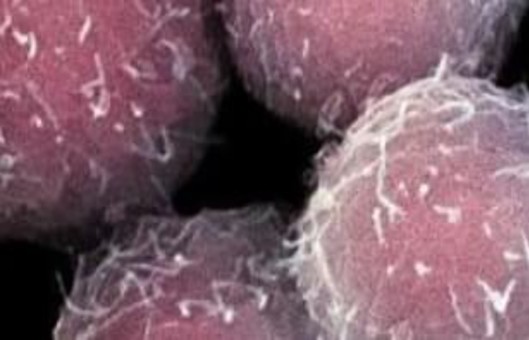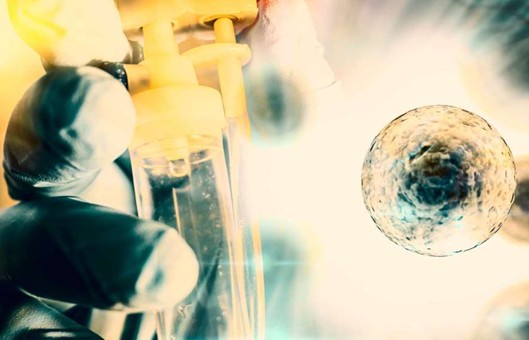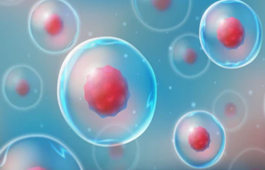iPSC Derivation Protocol from Fibroblast in Chemically Defined Medium
GUIDELINE
Human pluripotent stem cells (hPSCs), including human embryonic stem cells (hESCs) and human induced pluripotent stem cells (hiPSCs), have the potential to become the source materials for cell-based therapy. Derivation and maintenance conditions have a critical role in determining the iPSC quality, mainly due to the involvement of animal products and feeder cells. We developed a simple procedure to derive and maintain hiPSCs in chemically defined media.
METHODS
- Pour cold 12 ml of DMEM/F12 into a conical tube, and use 1.5 ml to resuspend 2 mg frozen Matrigel with a 5 ml pipet. Matrigel should be in the freezer right before the experiment. Rinse the Matrigel tube again with the same media.
- Mix the Matrigel well, plate 1 ml in each well, and shake well to cover all the surfaces. Leave the plate at room temperature or 37°C for at least 30 minutes. Or coat overnight at 4°C.
- Add 500 μl 0.5 M EDTA and 0.9 g NaCl into 500 ml Calcium/Magnesium free PBS. Sterilize by filtration, and store at 4°C.
- Take low passage # fibroblast culture and plate in 1 well of a 6-well dish so that cells will be about 80% confluent the next day (100K or 150K cells/well) in fibroblast media (usually 10% FBS and Pen/Strep, L-glut, NEAA in DMEM).
- Thaw the four Sendai viruses on ice, mix them, and drop-wisely add them to the cells. Incubate at 37°C.
- If cells look good in the morning and are nearly confluent, prepare plates for splitting. Coat 6 well plates with Matrigel.
- Pass reprogramming well using TryPLE. Incubate for 5 min in an incubator, then wash off the plate and dilute with fibroblast media.
- Spin cells down and resuspend in fibroblast media. Plate on Matrigel (1 well of infected cells into 2×6 well plates coated with Matrigel), also in Reprogramming Medium I. Keep cells in Reprogramming Medium I, feeding them every other day for 3-5 days.
- Change media to Reprogramming Medium II, and 100 μM Sodium Butyrate can be added to improve reprogramming efficiency. Continue feeding every other day.
- Prepare a 24-well plate by coating it with Matrigel. After coating, add E8 (TGFβ1 media) with 1×Rock inhibitor added to each well. Find colonies under scope with 4× objective. Using P20 with tip, circle the colony until it is loosened from surrounding cells. Then use a pipet to push the colony off the plate and suck it into the pipette. Transfer colony pieces into 1 well on the 24-well plate.
- Repeat with other colonies. The day after picking, change media to E8 (TGFb1) without rock inhibitor. Feed daily until the colony is big enough to pass.
- When the colony is ready to pass, use EDTA to pass and leave some of the cells in the original well of the 24 well while transferring most to a new Matrigel-coated well on a 12 or 6-well plate.
- When expanding each colony, keep track of passage number (picking into 24 wells is passage 1). Once you have a well in a 6 well ready to pass, freeze 2 vials down and leave some cells in the well to continue to grow them.
Creative Bioarray Relevant Recommendations
- Creative Bioarray enables research applications by providing iPSCs, iPSC-derived cells, and gene-edited iPSCs. Our expertise includes reprogramming donor cells into iPSCs, editing genes of interest, differentiating them into all major cell subtypes, and validating their phenotype-related function and pharmacology.
NOTES
Some lines do not come off the plate well with TryPLE, with those lines, you may want to wash the plate 2× with EDTA before adding TryPLE.


